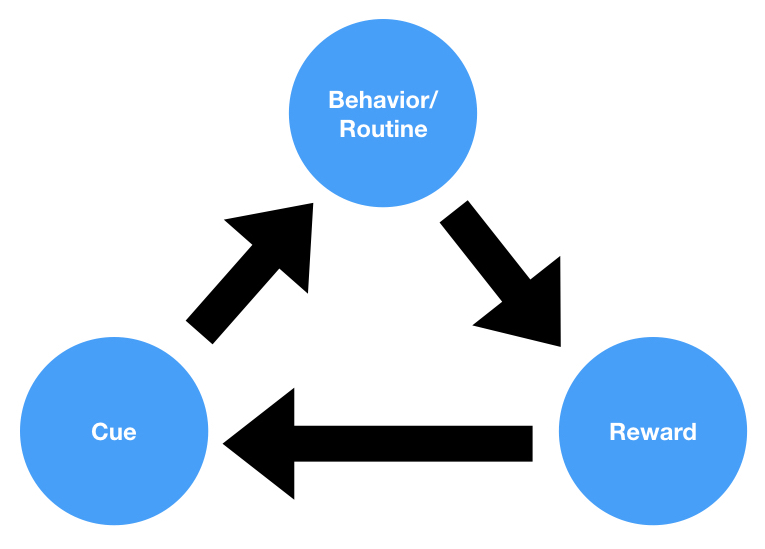What is the Temporal Lobe?
The temporal lobe is one of the four main lobes of the cerebral cortex, the outermost layer of the brain. Located on the sides of the brain, near the ears, the temporal lobe is involved in various functions, including auditory processing, memory formation, and language comprehension.
Functions
-
Auditory Processing
The primary auditory cortex, located in the temporal lobe, is responsible for processing auditory information. It receives input from the ears via the auditory nerve and thalamus and interprets basic sound features, such as pitch, loudness, and spatial location.
-
Memory Formation
The hippocampus, located in the medial temporal lobe, is a crucial structure for learning and memory. It is involved in the consolidation of short-term memories into long-term memories, as well as spatial navigation and the formation of episodic memories.
-
Language Comprehension
Wernicke’s area, located in the posterior part of the temporal lobe, is involved in the comprehension of spoken and written language. Damage to Wernicke’s area can result in a type of aphasia called Wernicke’s aphasia, characterized by fluent but nonsensical speech and impaired language comprehension.
-
Emotion and Social Processing
The amygdala, a small almond-shaped structure in the medial temporal lobe, is involved in emotional processing and social cognition. It plays a role in recognizing and responding to emotionally salient stimuli, such as fear and reward, and contributes to the formation of emotional memories.
Associated Disorders
-
Temporal Lobe Epilepsy
Temporal lobe epilepsy is a neurological disorder characterized by recurrent seizures that originate in the temporal lobe. Seizures may cause a range of symptoms, such as altered consciousness, hallucinations, or emotional disturbances, depending on the affected area of the temporal lobe.
-
Amnesia
Amnesia is a memory disorder that can result from damage to the hippocampus or other memory-related structures in the temporal lobe. Depending on the extent and location of the damage, amnesia can affect the formation of new memories (anterograde amnesia) or the retrieval of previously stored memories (retrograde amnesia).
-
Wernicke’s Aphasia
Wernicke’s aphasia, also known as receptive aphasia, is a language disorder resulting from damage to Wernicke’s area in the temporal lobe. Individuals with Wernicke’s aphasia have difficulty understanding spoken and written language and often produce fluent but nonsensical speech.
Summary
The temporal lobe is involved in a variety of functions, including auditory processing, memory formation, language comprehension, and emotional processing. Damage to specific areas within the temporal lobe can lead to various neurological disorders, such as temporal lobe epilepsy, amnesia, and Wernicke’s aphasia. A better understanding of the temporal lobe’s functions and associated disorders can help inform diagnosis and treatment strategies for individuals affected by these conditions.




